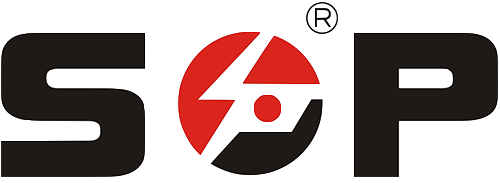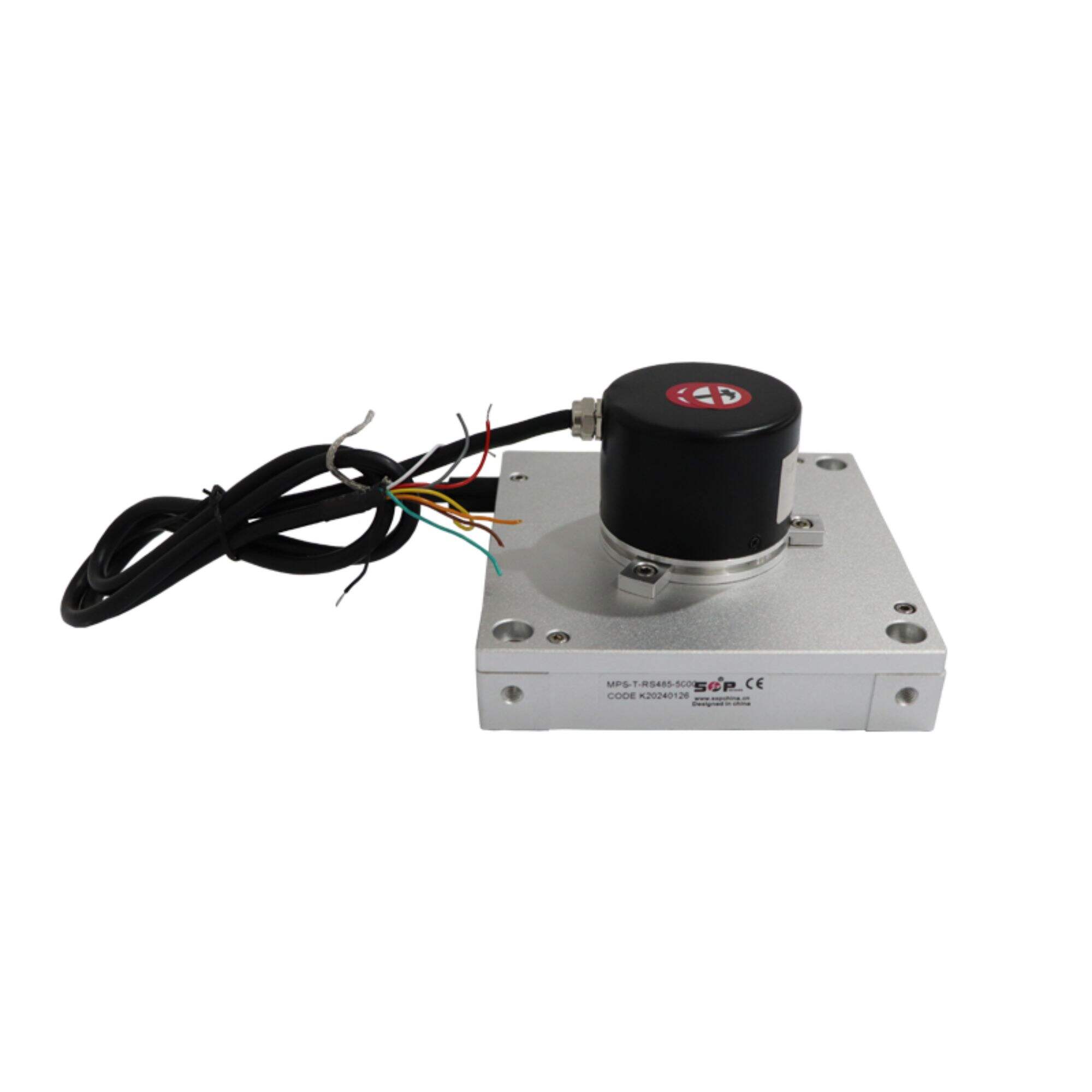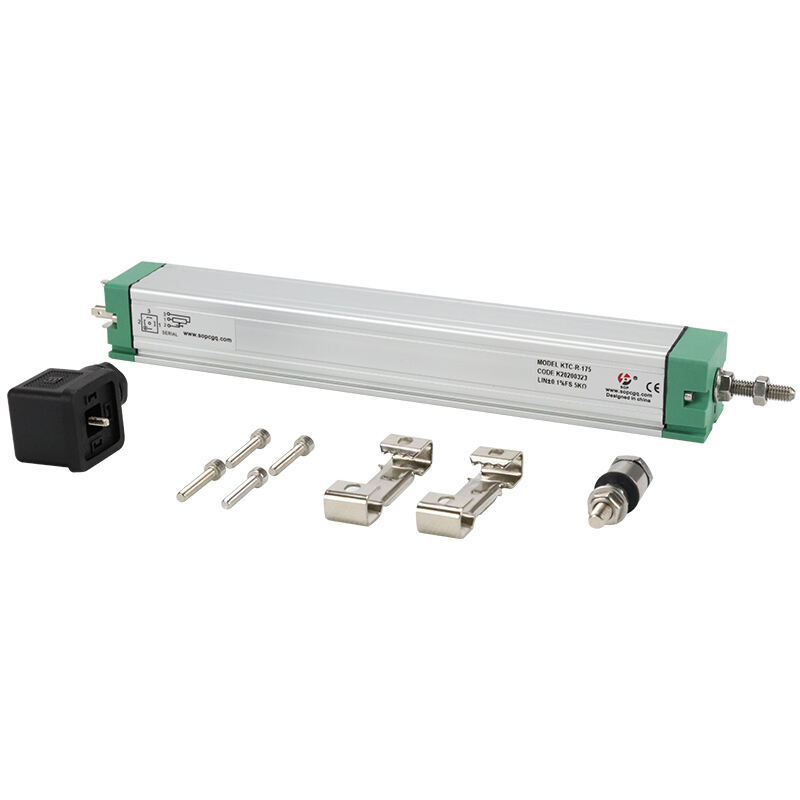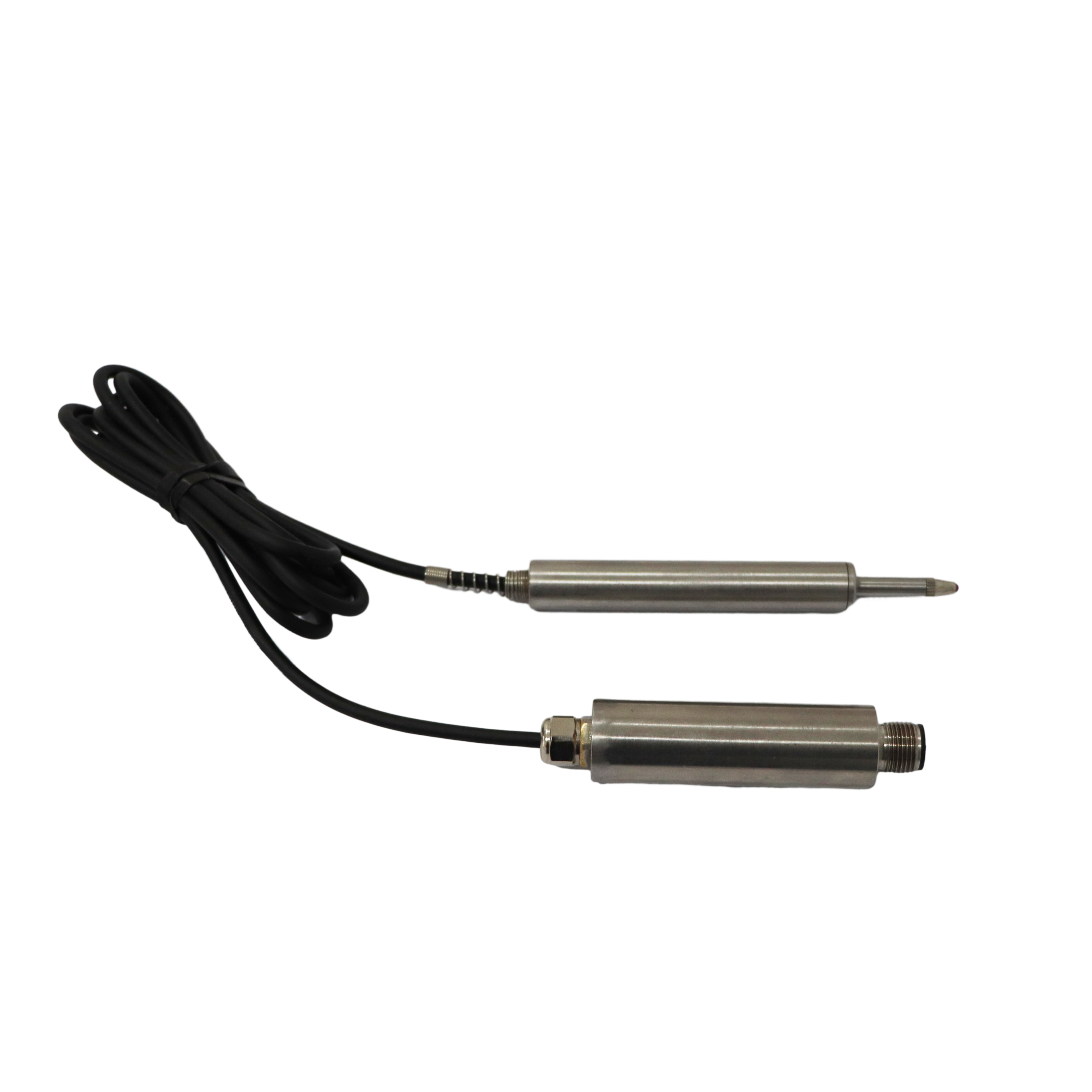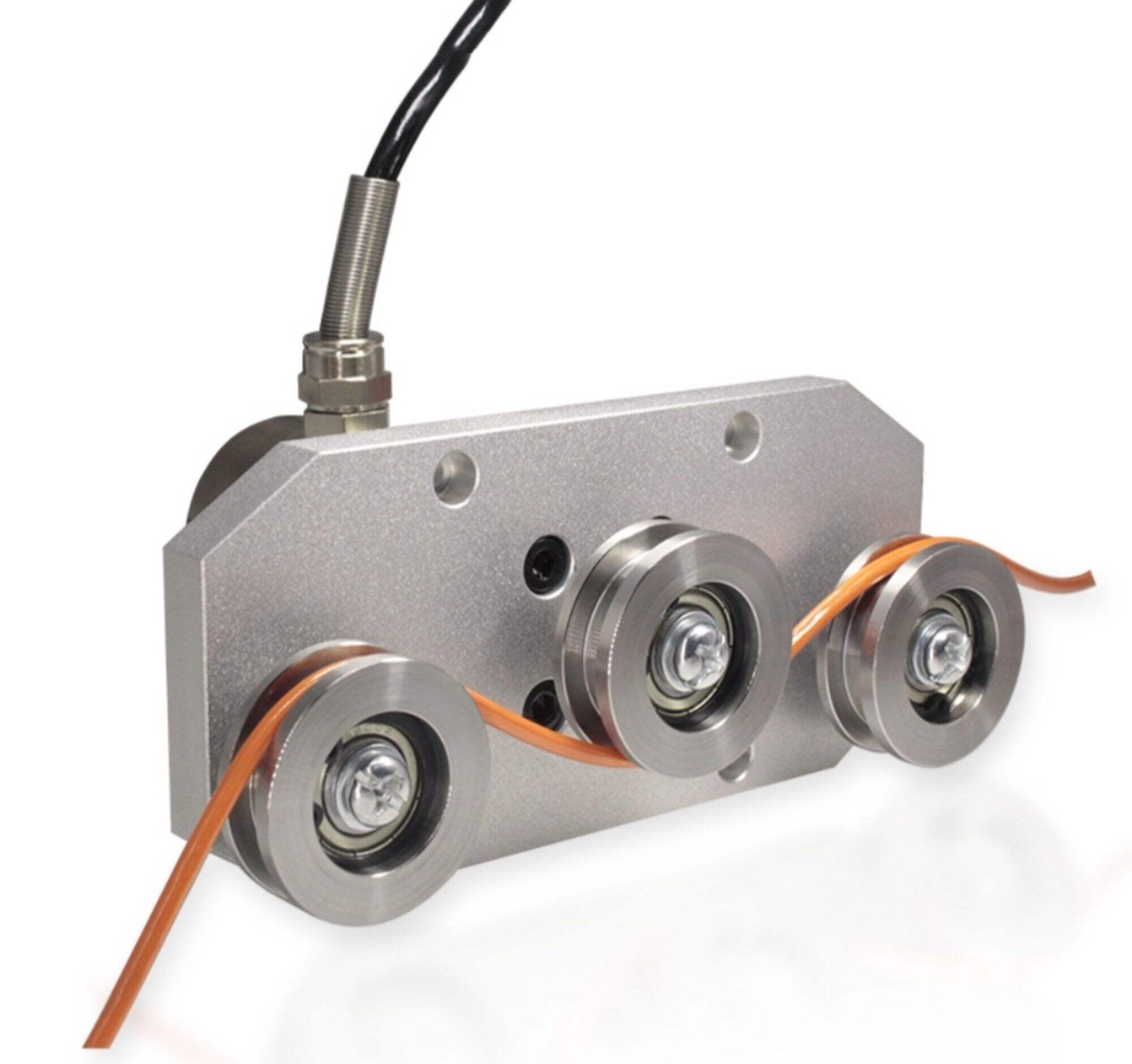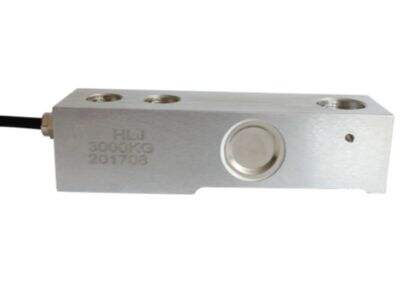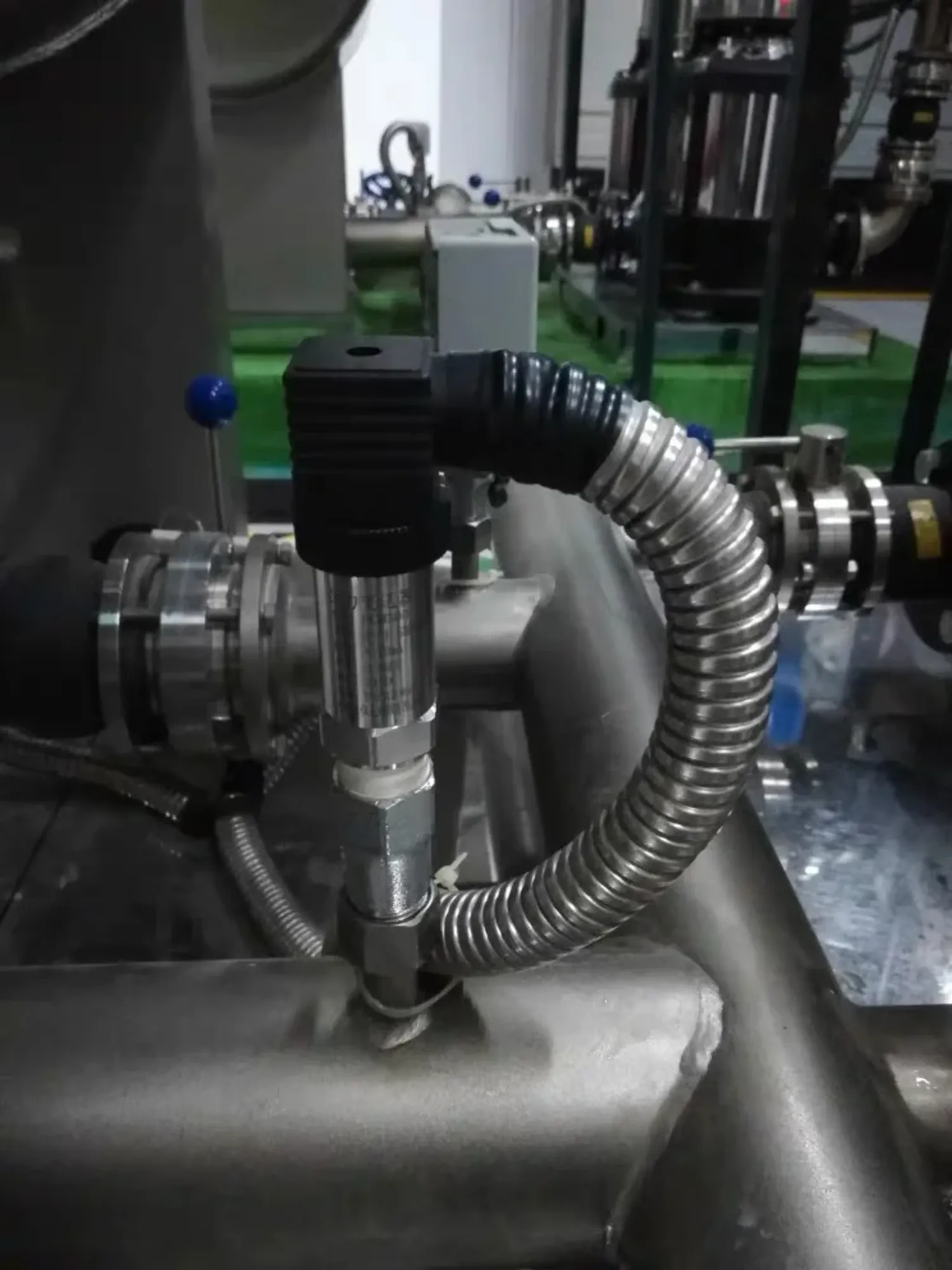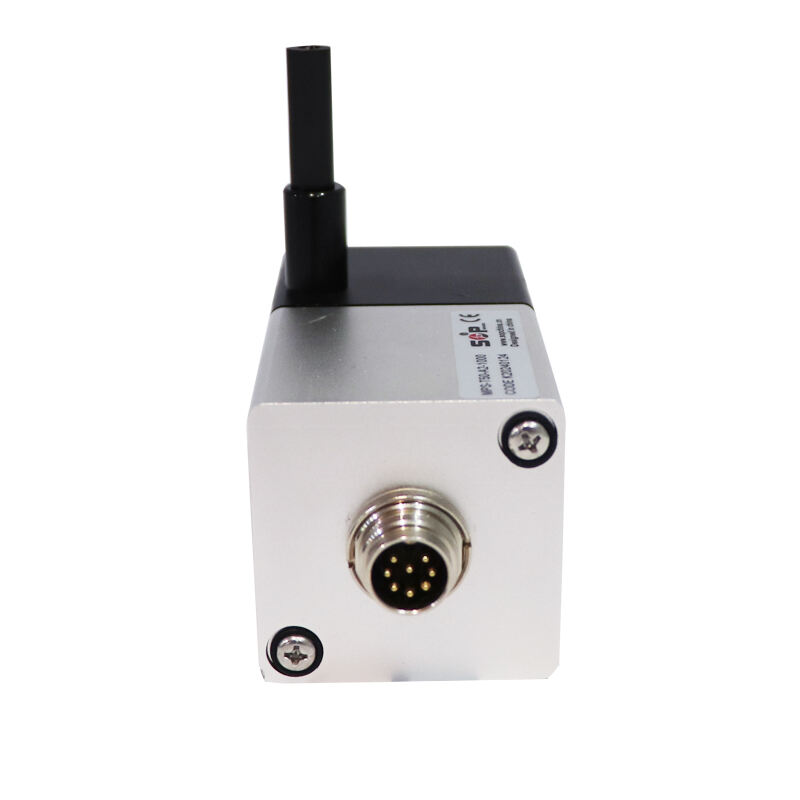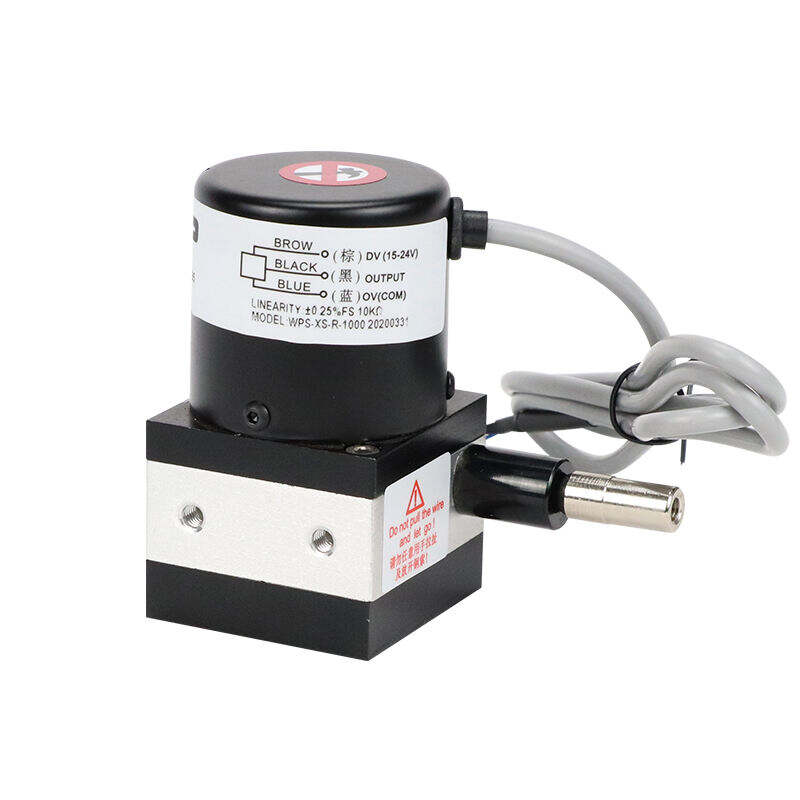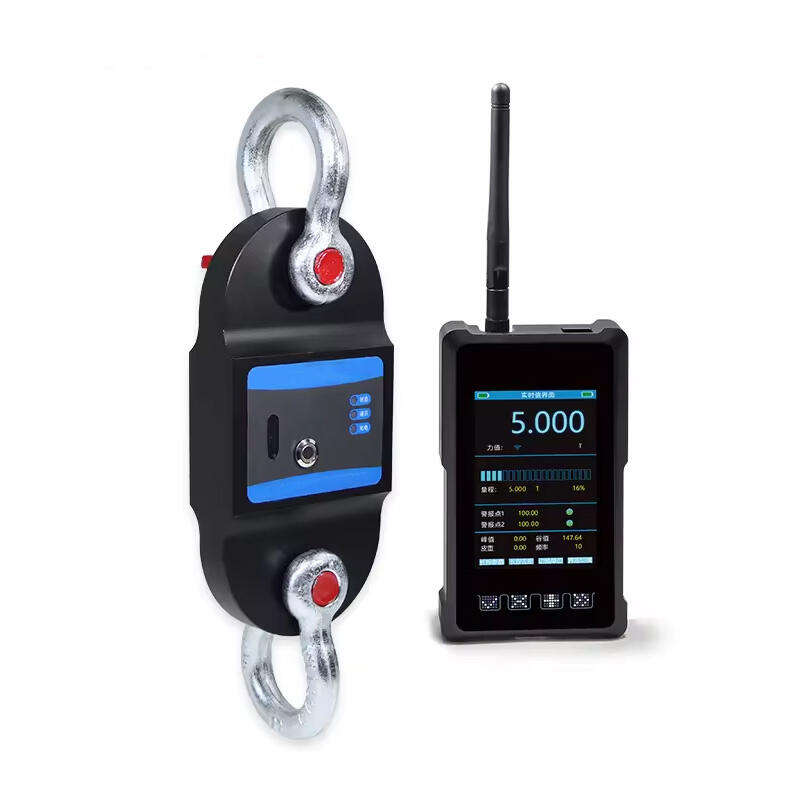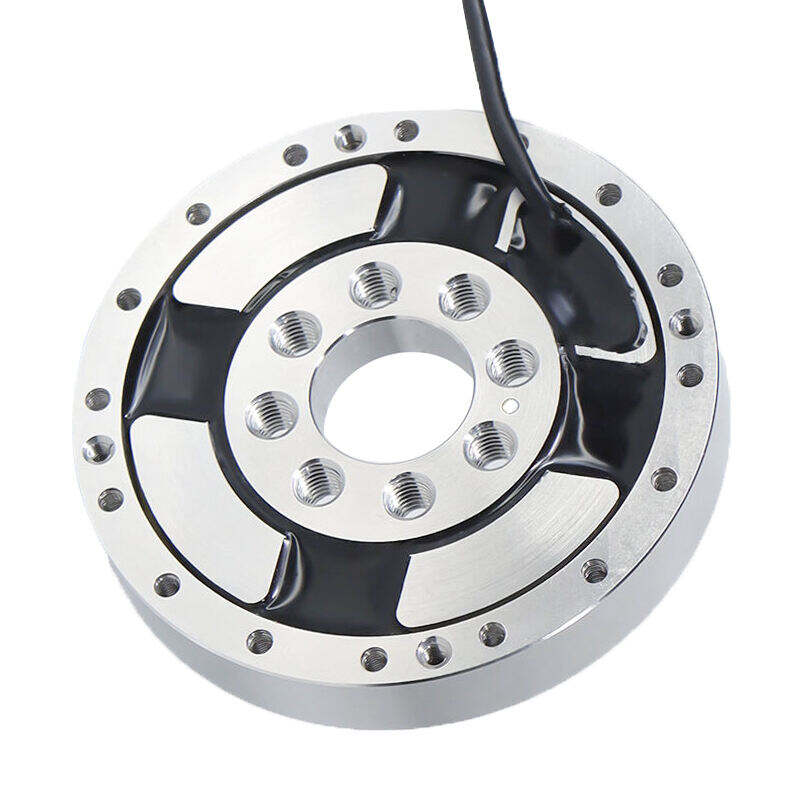linear position transducer price
Linear position transducer prices reflect the sophisticated technology and precision engineering incorporated into these essential measurement devices. These instruments, which typically range from $200 to $2,000 depending on specifications, offer highly accurate position measurement capabilities across various industrial applications. The price varies based on factors such as measurement range, resolution, environmental protection rating, and output signal type. Entry-level models, suitable for basic position monitoring, generally fall in the $200-500 range, while advanced models with enhanced features like digital outputs, higher accuracy ratings, and robust environmental protection can command prices exceeding $1,500. The cost structure also considers the transducer's construction materials, with options including aluminum housings for standard applications or stainless steel for harsh environments. Additional features such as programmable zero points, custom stroke lengths, and specialized mounting options can influence the final price. Many manufacturers offer customization options, which may affect the overall cost but ensure the transducer meets specific application requirements.
